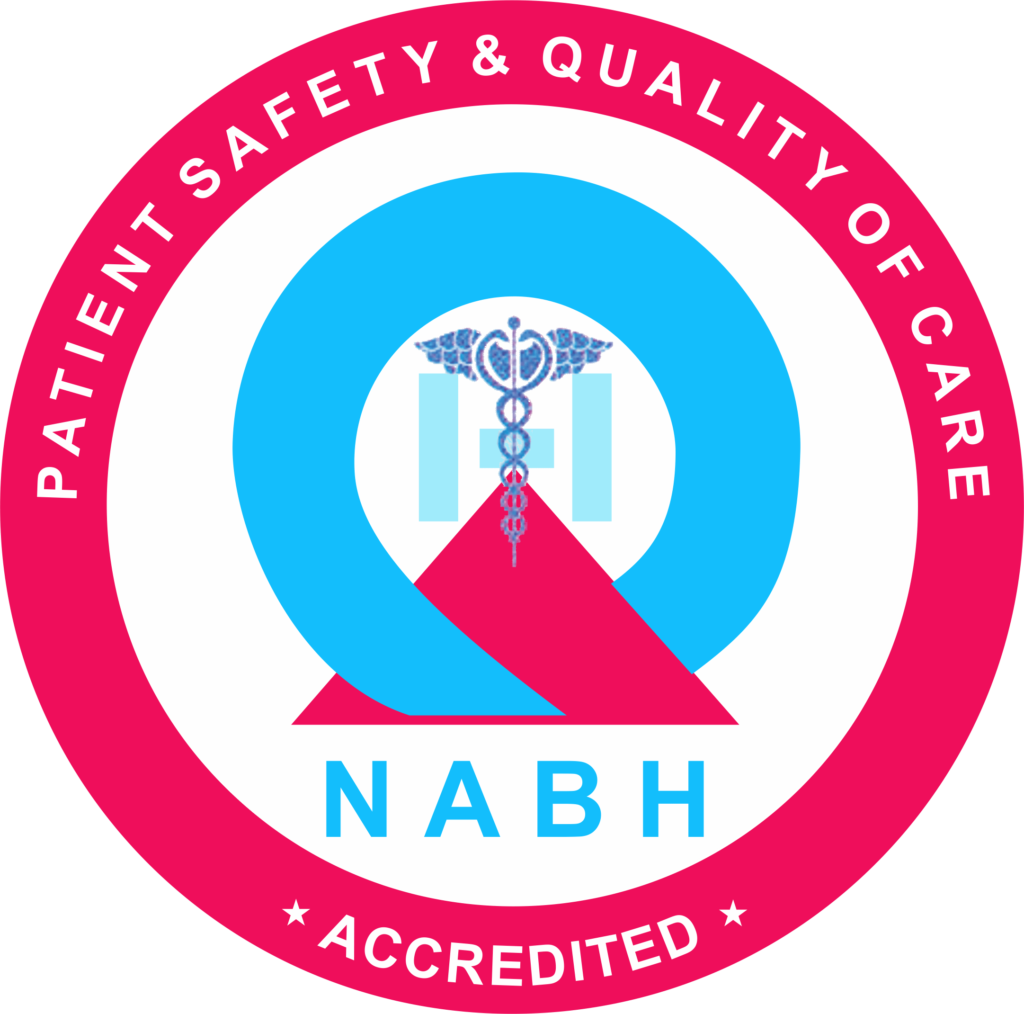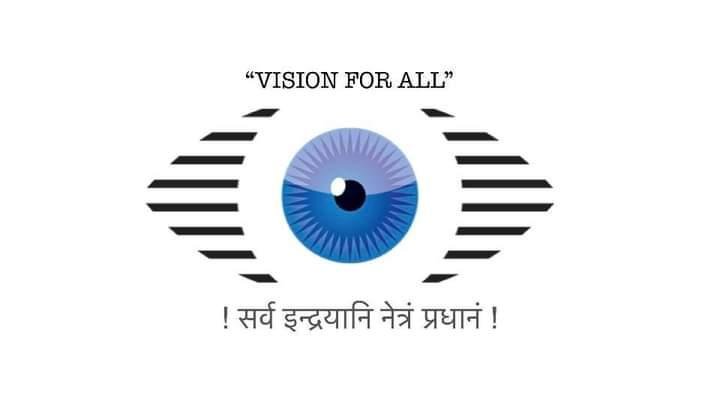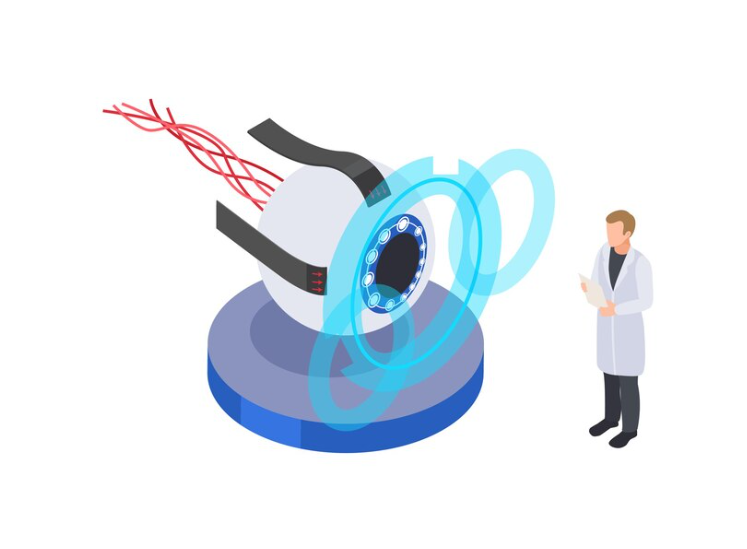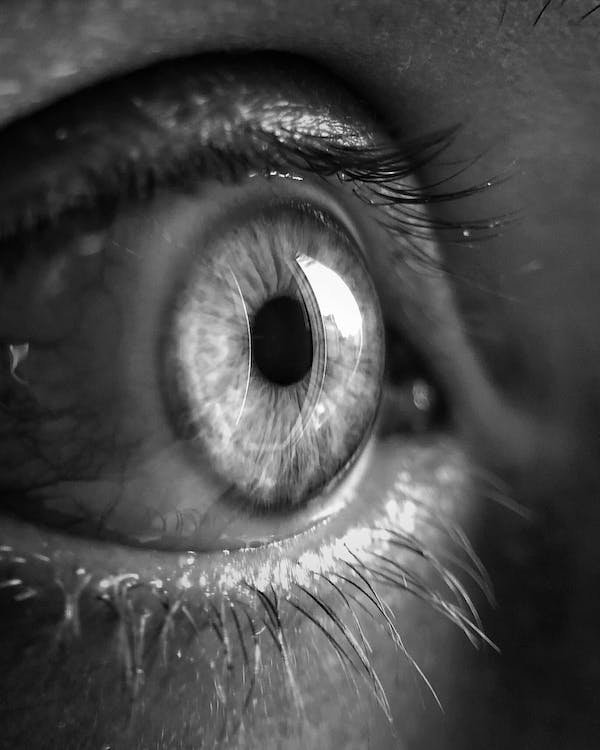Understanding How Your Lifestyle and Environment Affect Cataracts
Introduction
Cataracts are a common eye problem affecting anyone, especially as they age. But did you know that your lifestyle and environment can play a significant role in the development and progression of cataracts? In this article, we’ll explore how everyday choices and surroundings can influence the health of your eyes.
What Are Cataracts?
Before we delve into the factors influencing cataracts, let’s understand what they are. Cataracts occur when the eye’s lens becomes cloudy, leading to blurred vision and difficulty seeing clearly. This cloudiness usually develops slowly over time, eventually interfering with daily activities like reading, driving, or recognizing faces.
How Lifestyle Affects Cataracts
- Diet: What you eat can impact your eye health. A diet rich in antioxidants, vitamins, and minerals, particularly vitamins C and E, lutein, zeaxanthin, and omega-3 fatty acids, can help protect against cataracts. Foods like fruits, vegetables, nuts, and fish are excellent for maintaining healthy eyes.
- Smoking: Smoking is not only harmful to your lungs but also to your eyes. It increases the risk of cataract formation and accelerates their progression. If you smoke, quitting can significantly reduce your chances of developing cataracts and improve overall eye health.
- Alcohol Consumption: Excessive alcohol consumption can contribute to the development of cataracts. Limiting alcohol intake or avoiding it altogether can help protect your eyes and reduce the risk of cataracts.
- Sun Exposure: Prolonged exposure to sun ultraviolet (UV) rays can damage the eyes and increase the risk of cataracts. Wearing sunglasses that block 100% of UVA and UVB rays outdoors can help prevent UV-related eye damage and reduce the risk of cataracts.
- Obesity: Being overweight or obese can increase the risk of developing cataracts. Maintaining a healthy weight through regular exercise and a balanced diet benefits your overall health and helps protect your eyes.
How Environmental Factors Influence Cataracts
- Pollution: Exposure to air pollution, both indoors and outdoors, can contribute to the development of cataracts. Pollutants like cigarette smoke, vehicle emissions, and industrial chemicals can damage the eyes over time. Minimizing exposure to contaminants and maintaining good indoor air quality can help reduce the risk of cataracts.
- Occupational Hazards: Certain occupations that involve prolonged exposure to chemicals, radiation, or other harmful substances may increase the risk of cataracts. Protective eyewear and adhering to safety guidelines can help prevent eye injuries and reduce the risk of occupational-related cataracts.
- Geographical Location: The prevalence of cataracts can vary depending on geographical location and climate. Regions with higher levels of sunlight exposure or air pollution may have higher rates of cataract formation. It’s essential to be aware of environmental factors in your area and take appropriate precautions to protect your eyes.
- Indoor Lighting: Poor lighting conditions, such as inadequate or excessive lighting, can strain the eyes and contribute to the development of cataracts. Proper lighting in indoor environments, especially when reading or working on screens, can help reduce eye strain and protect against cataracts.
- Healthcare Access: Access to quality eye care and regular eye exams is crucial for early detection and management of cataracts. Lack of access to healthcare services can delay diagnosis and treatment, leading to potential complications from cataracts.
Conclusion
While cataracts are primarily age-related, lifestyle choices and environmental factors can significantly influence their development and progression. By adopting healthy habits, such as eating a balanced diet, quitting smoking, protecting your eyes from UV radiation, and maintaining a safe environment, you can reduce your risk of developing cataracts and preserve your vision for years. Regular eye exams are essential for detecting cataracts early and receiving timely treatment to prevent vision loss. Remember, taking care of your eyes today can help ensure a clear and bright future. You can also visit Dhir Hospital for regular eye checkups.












